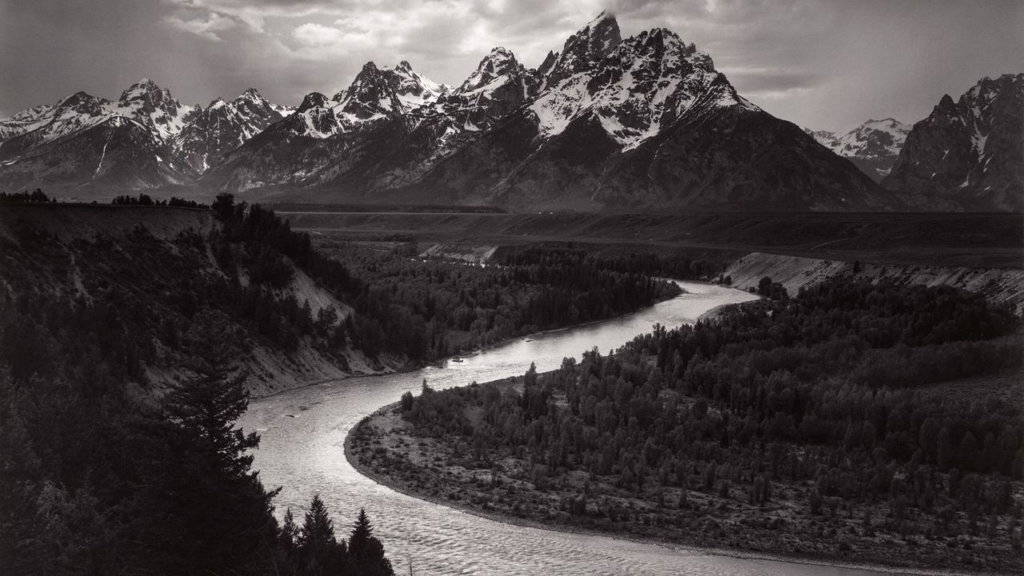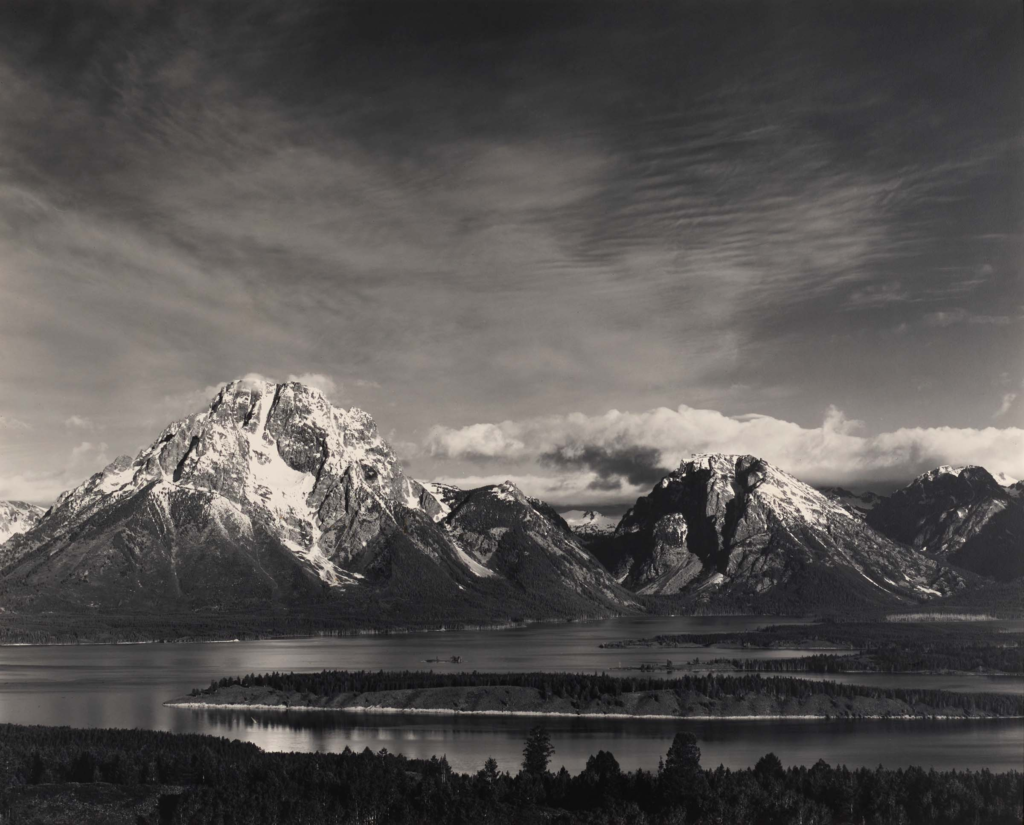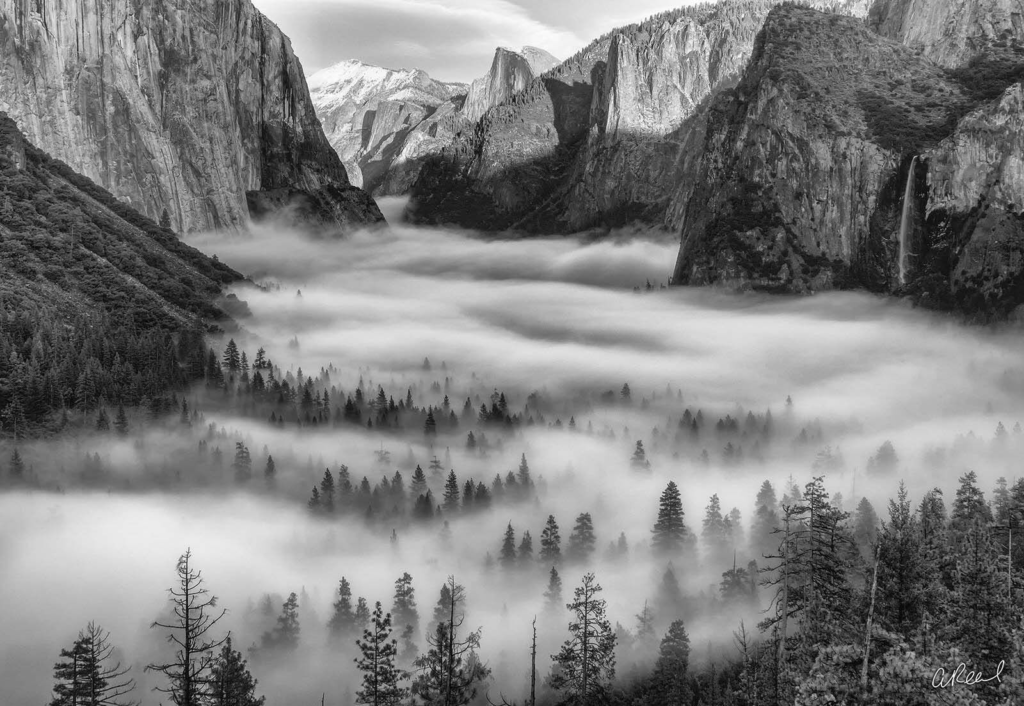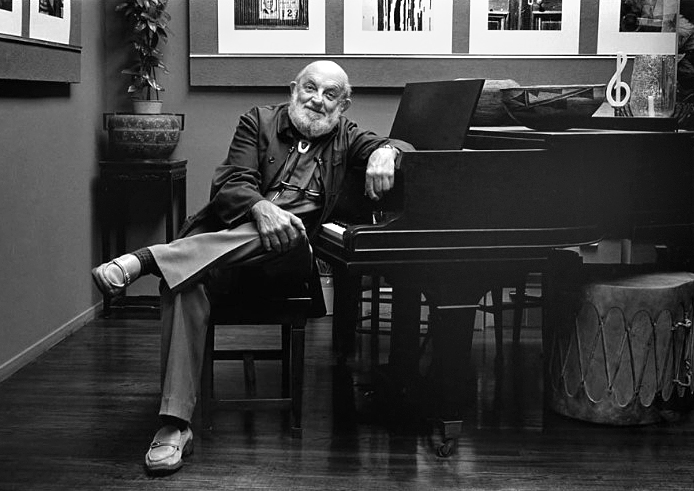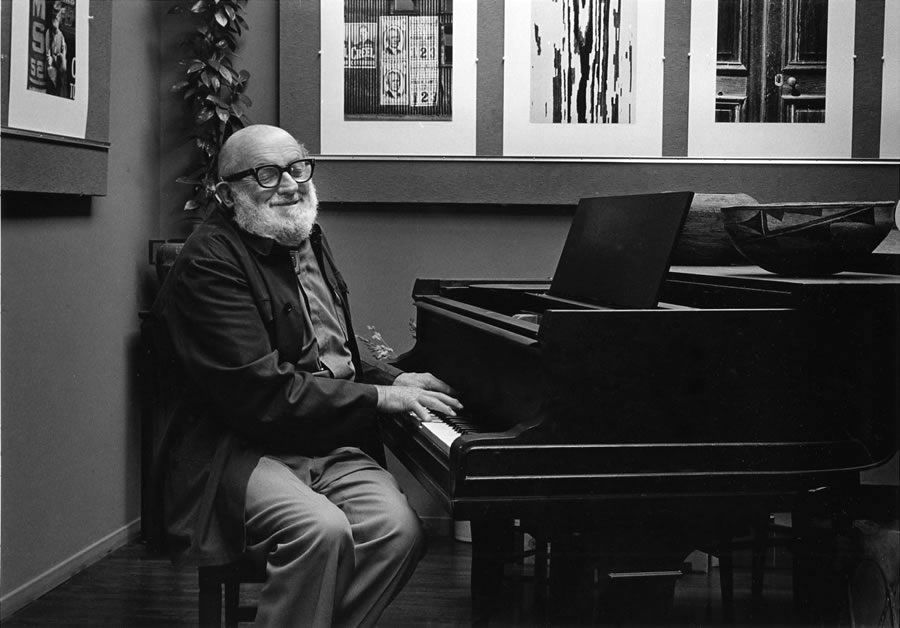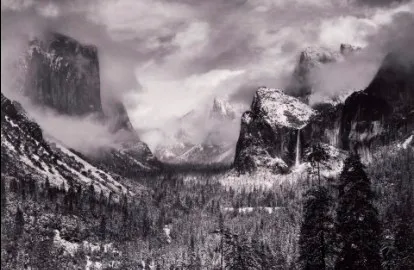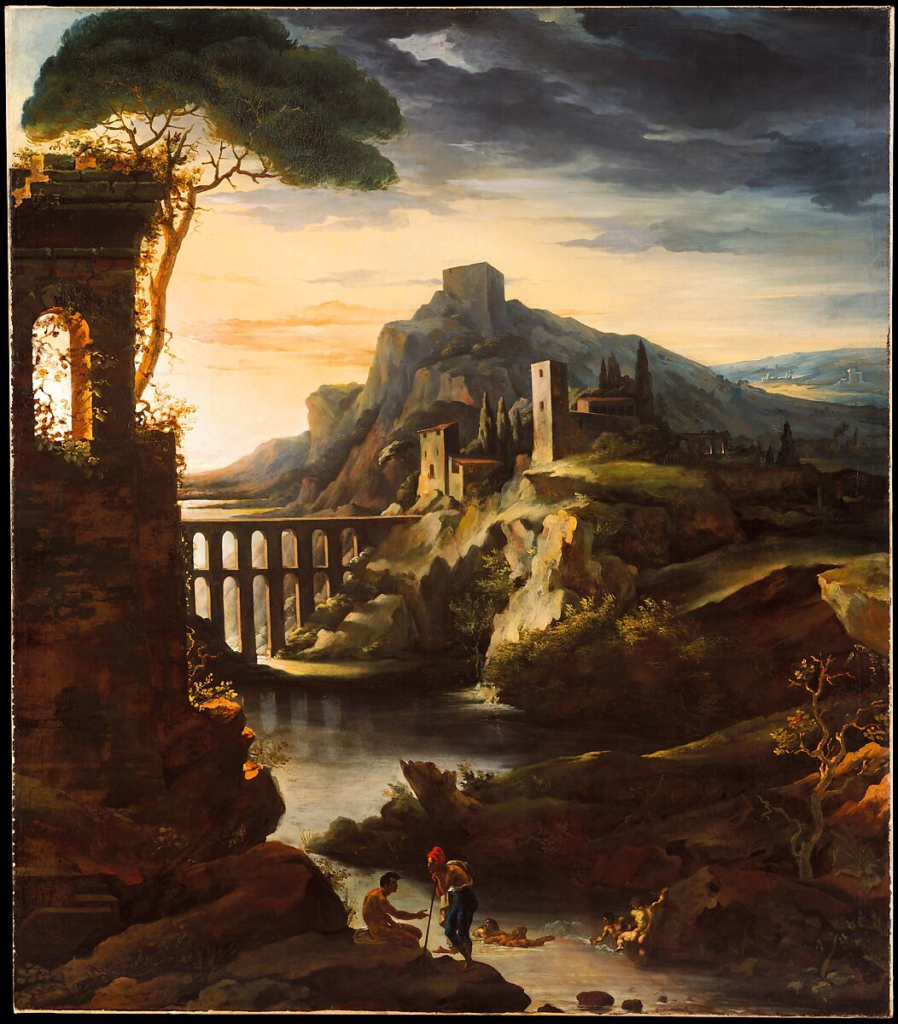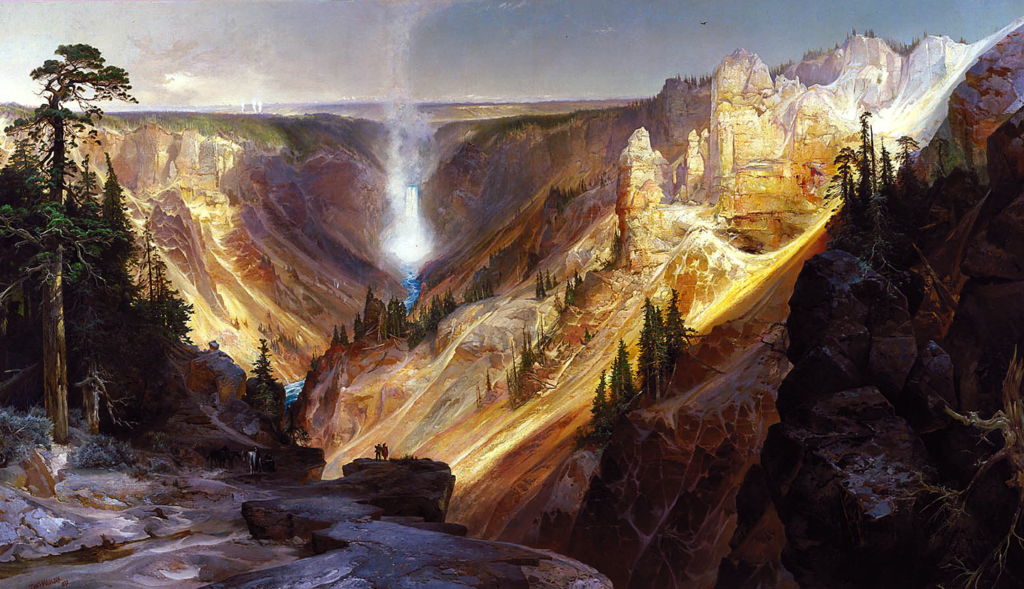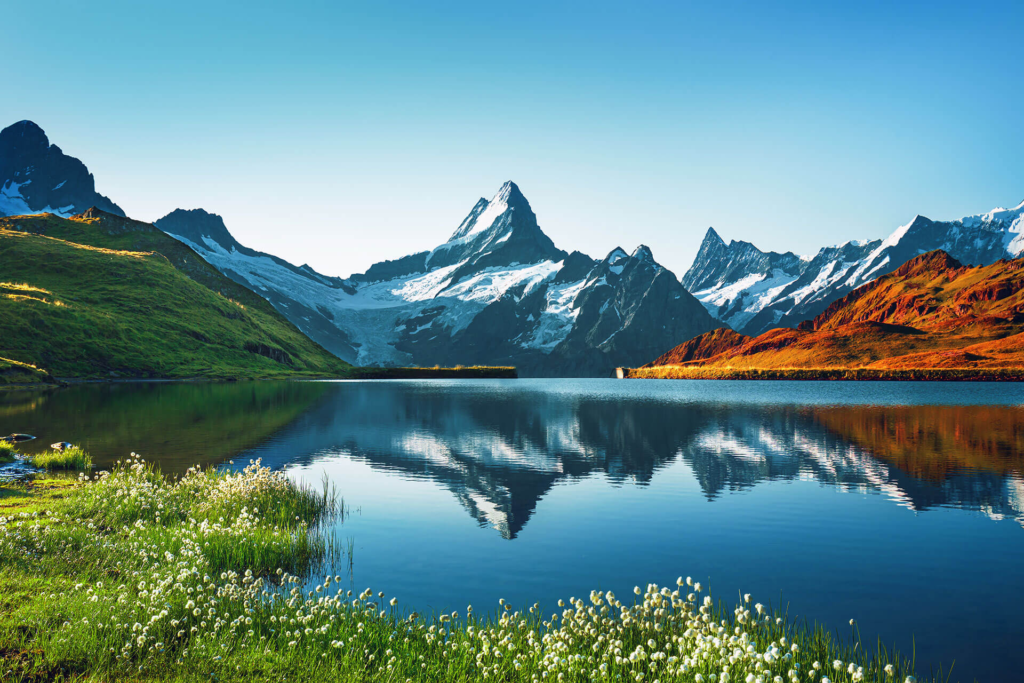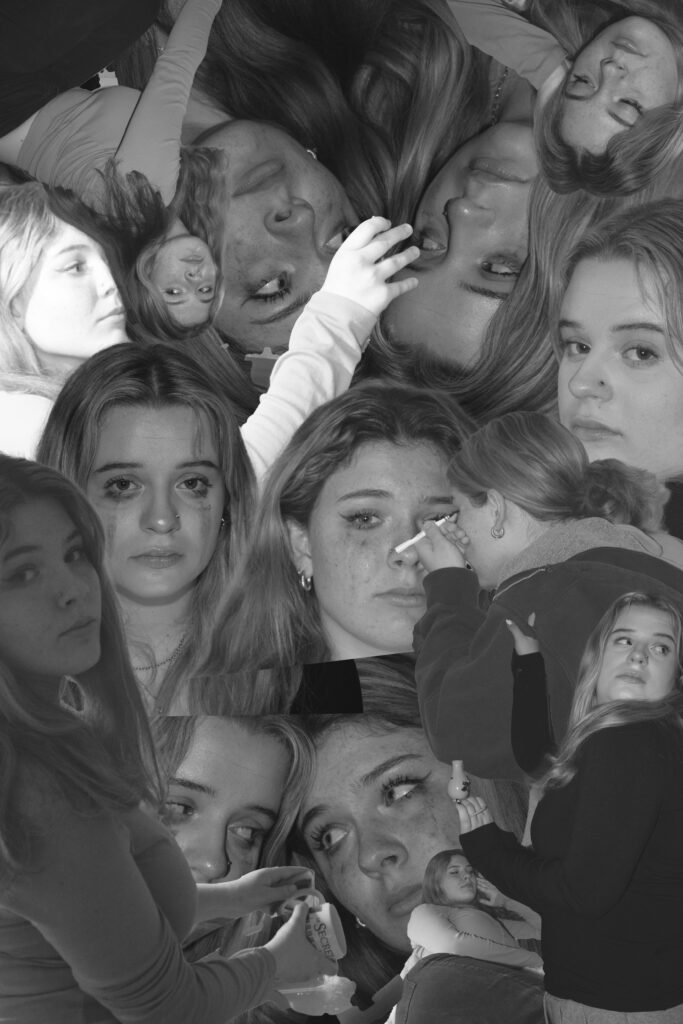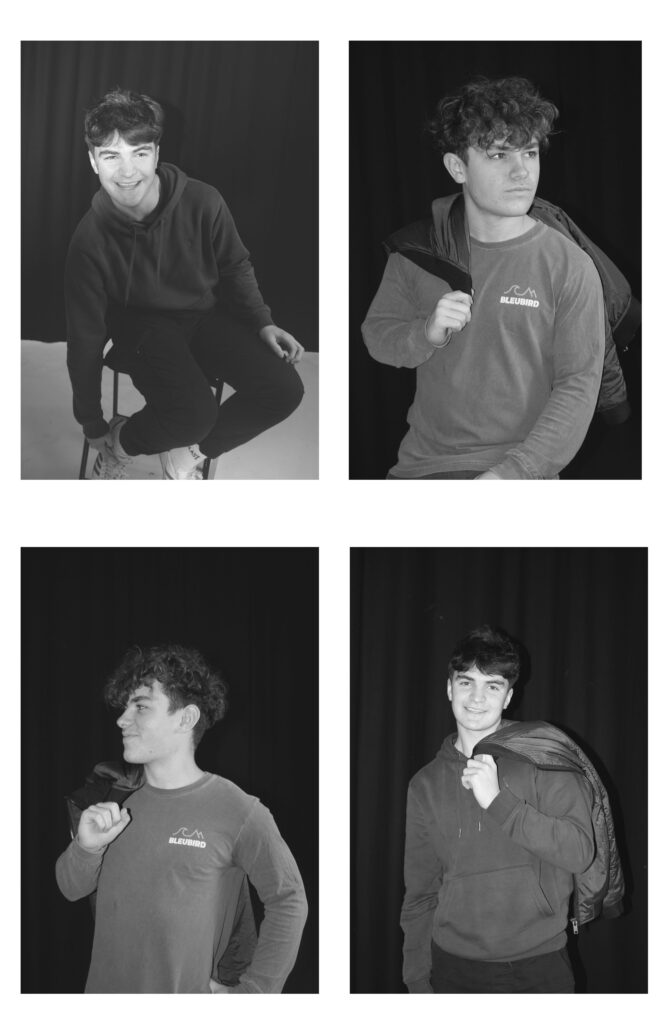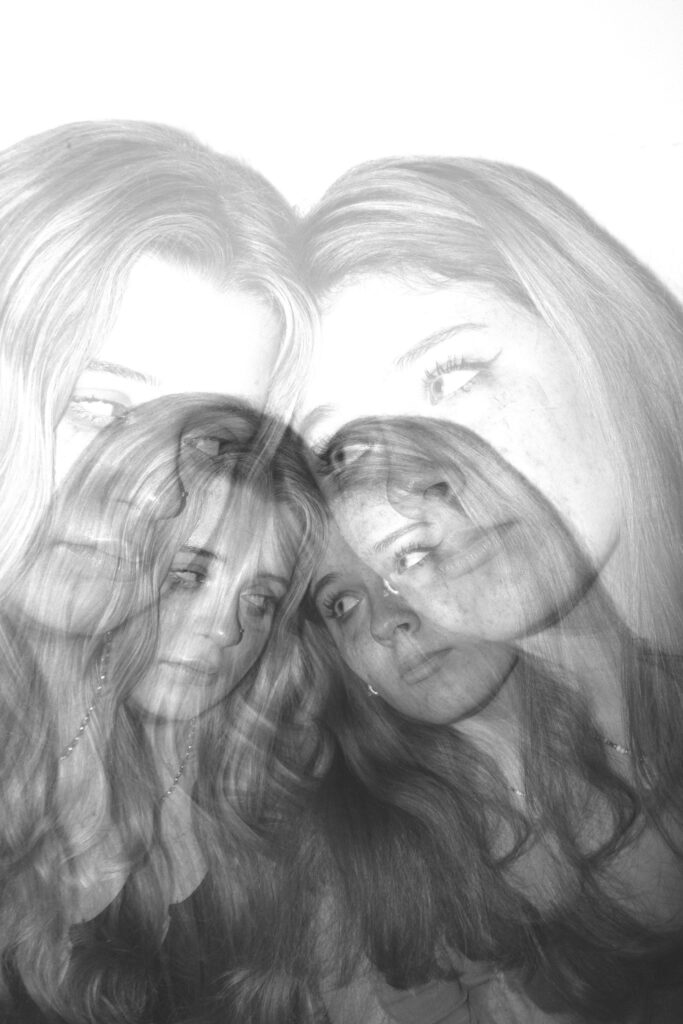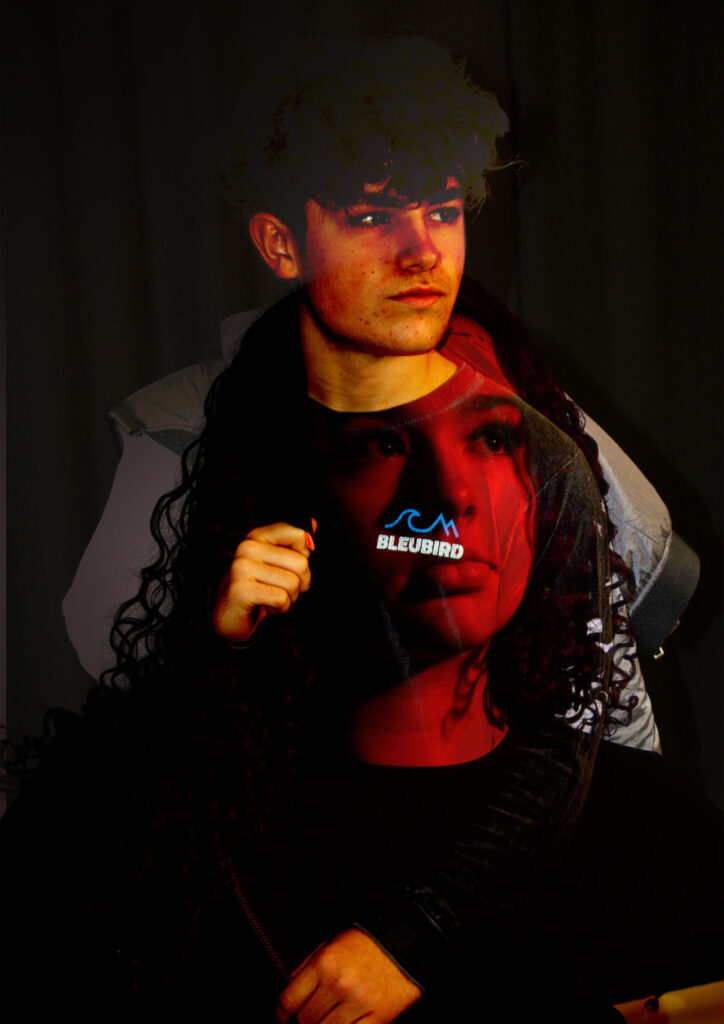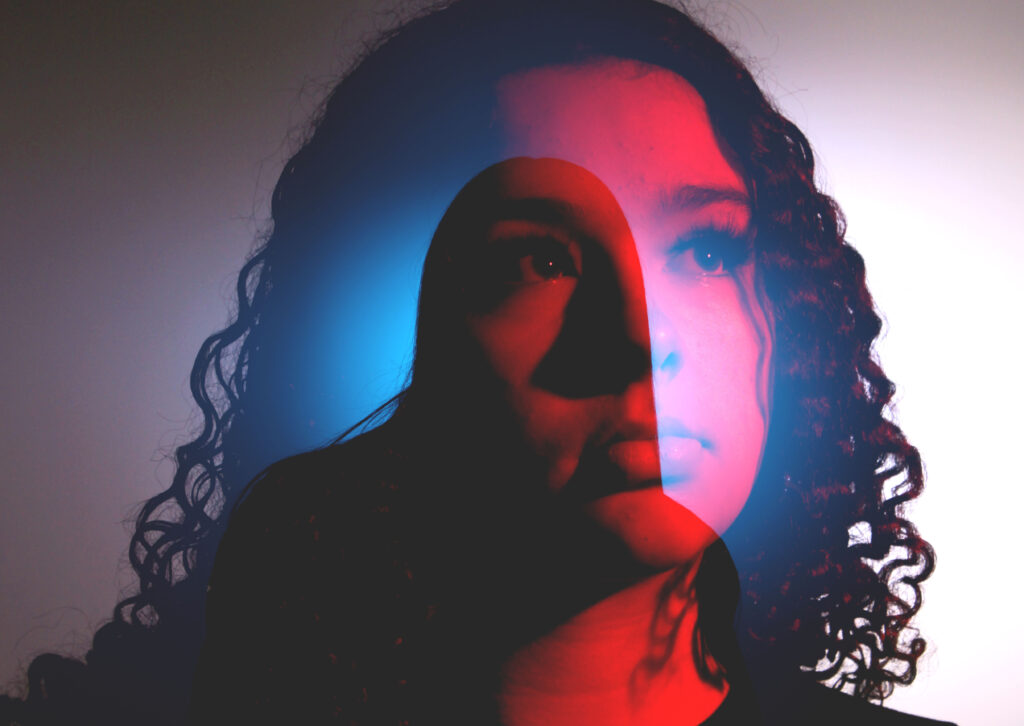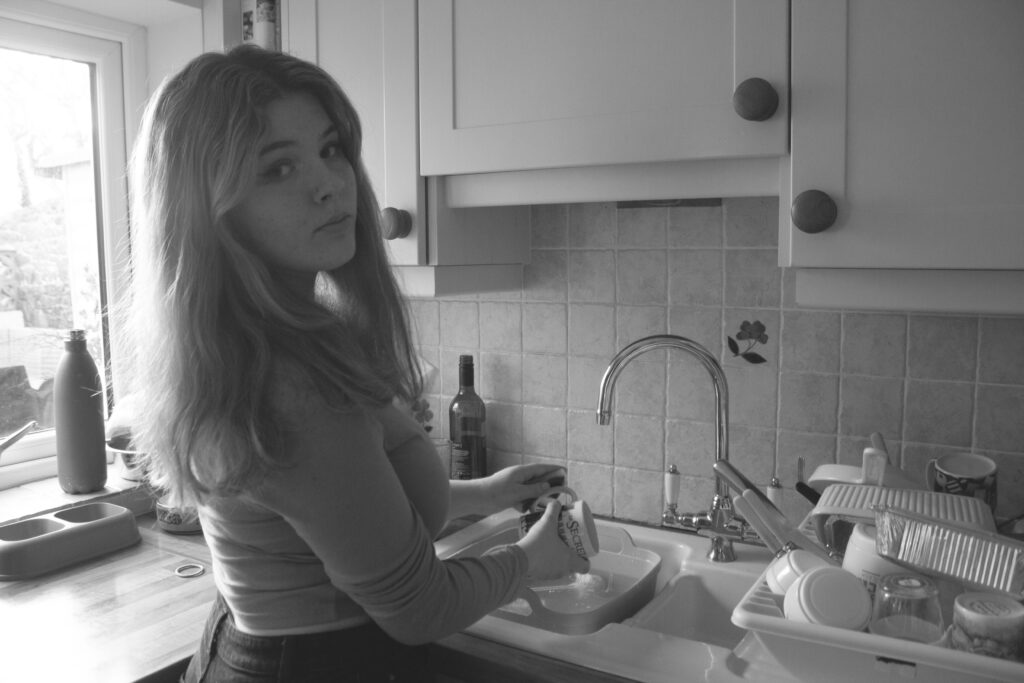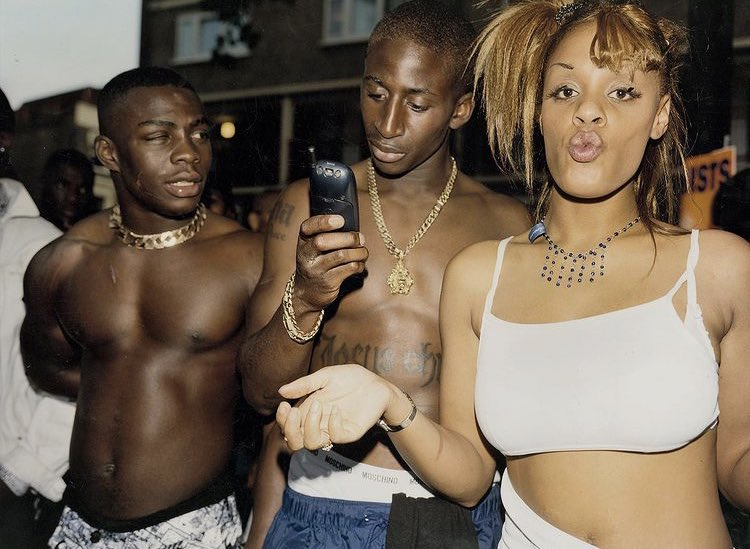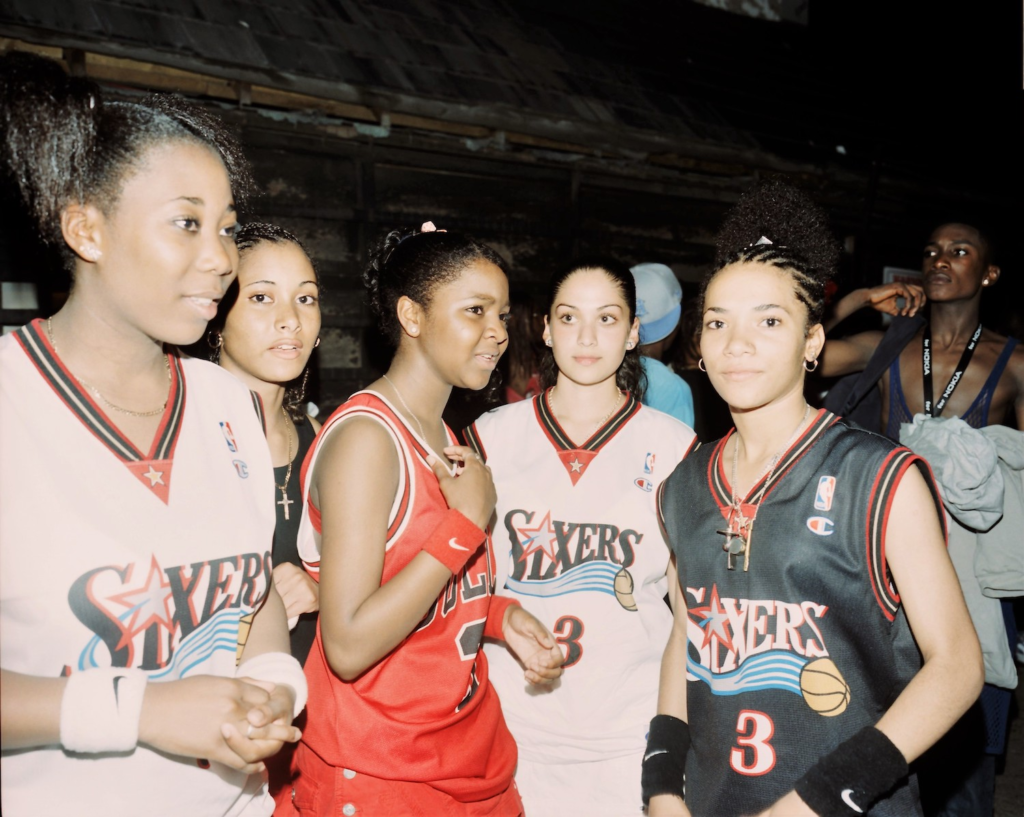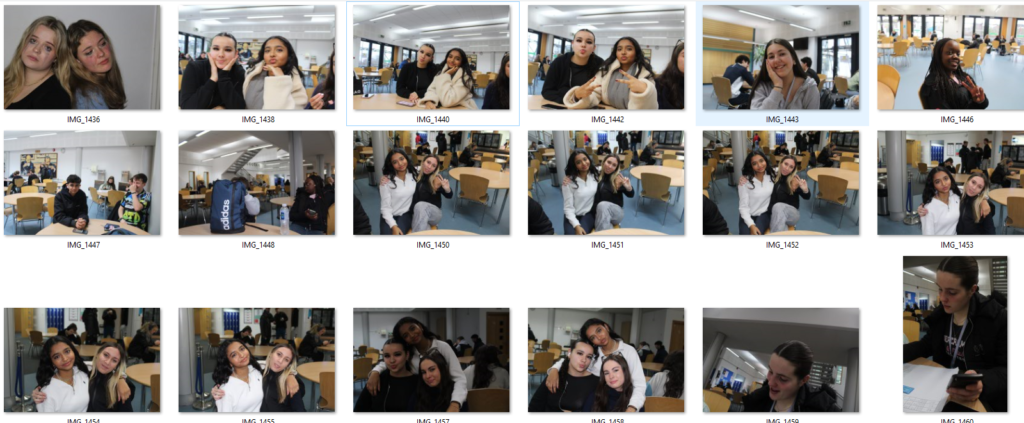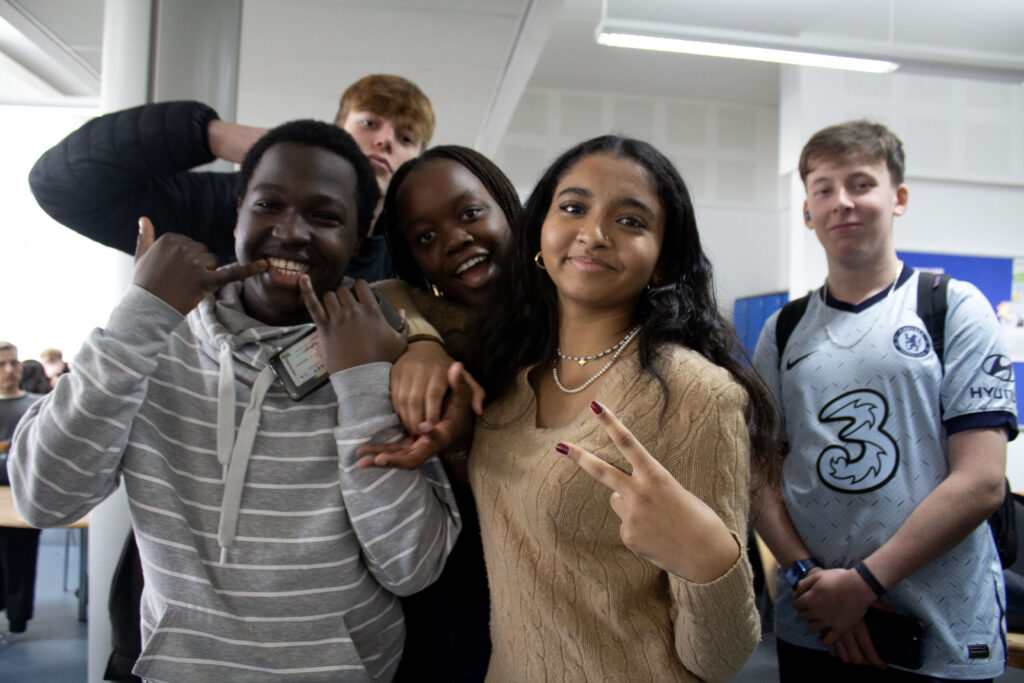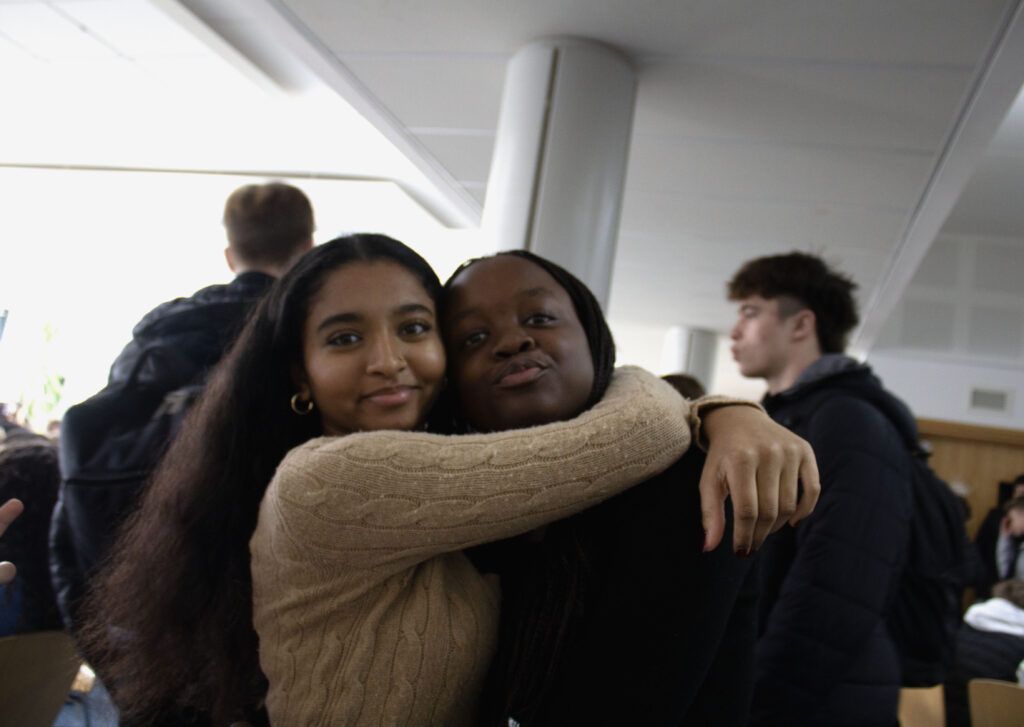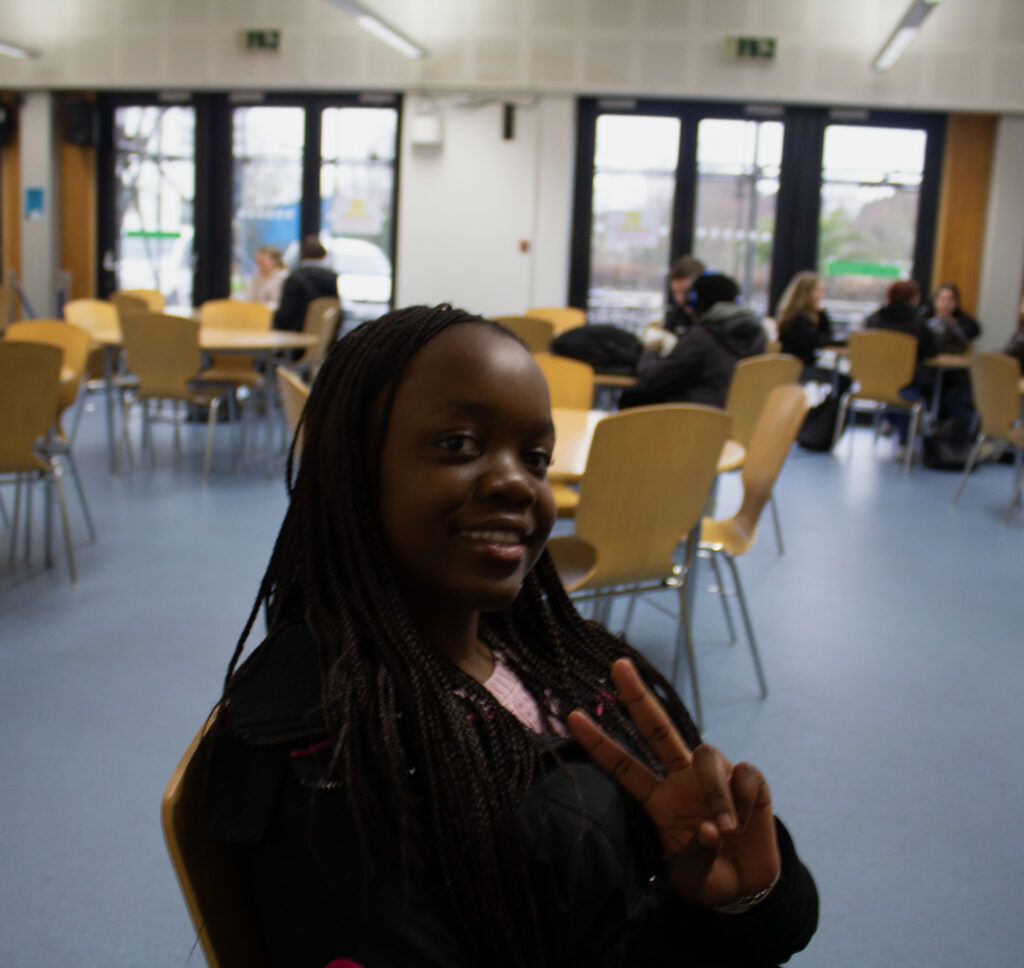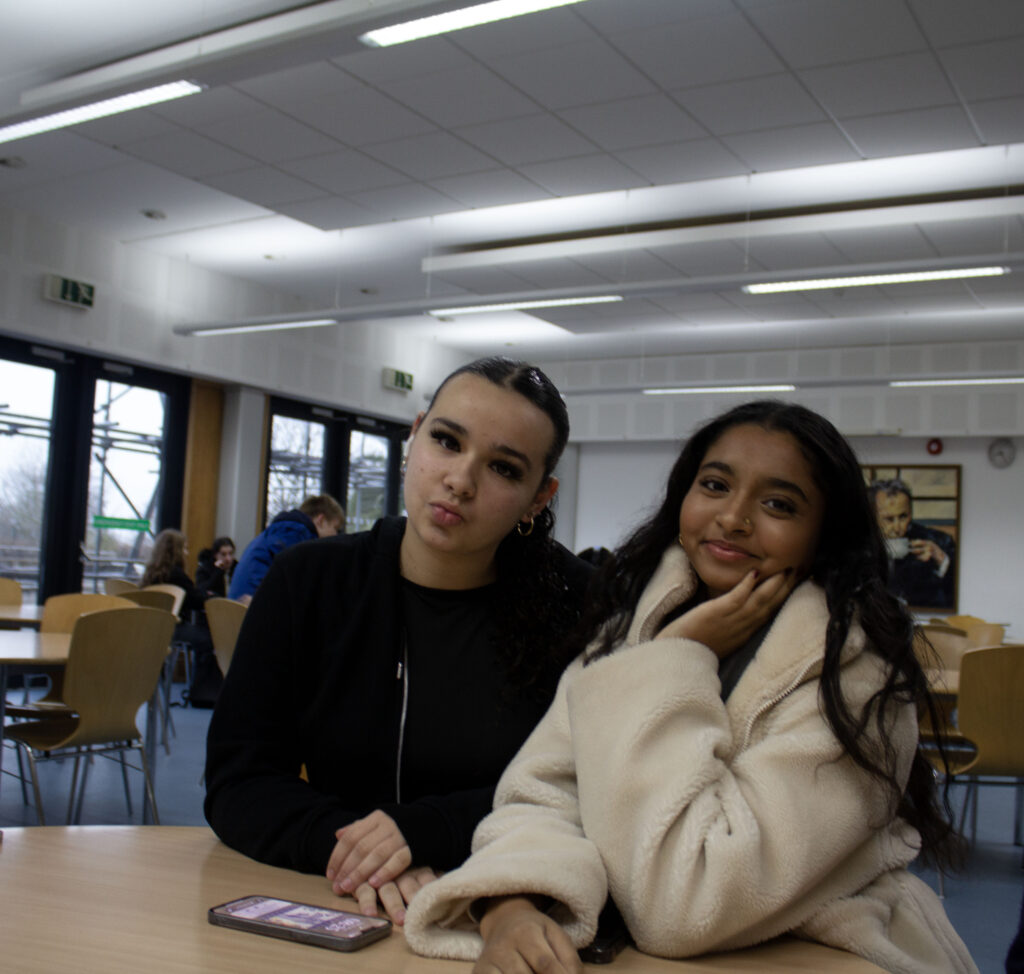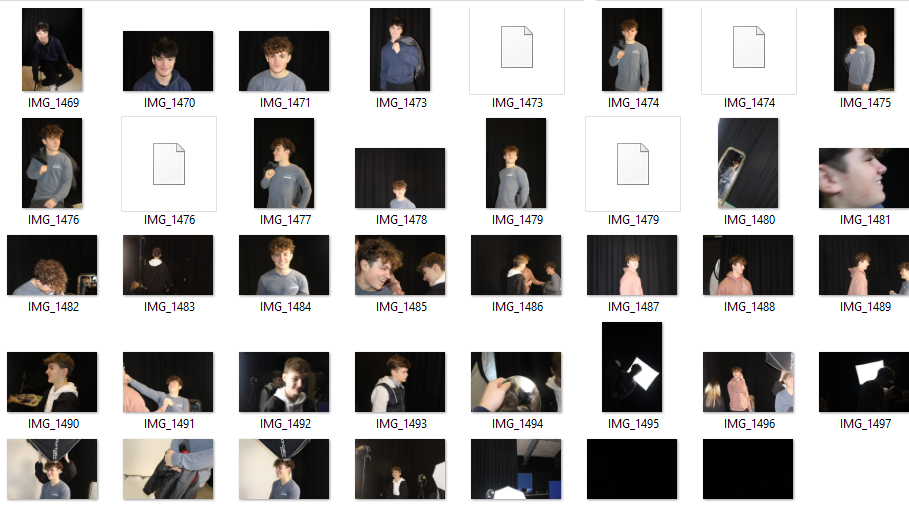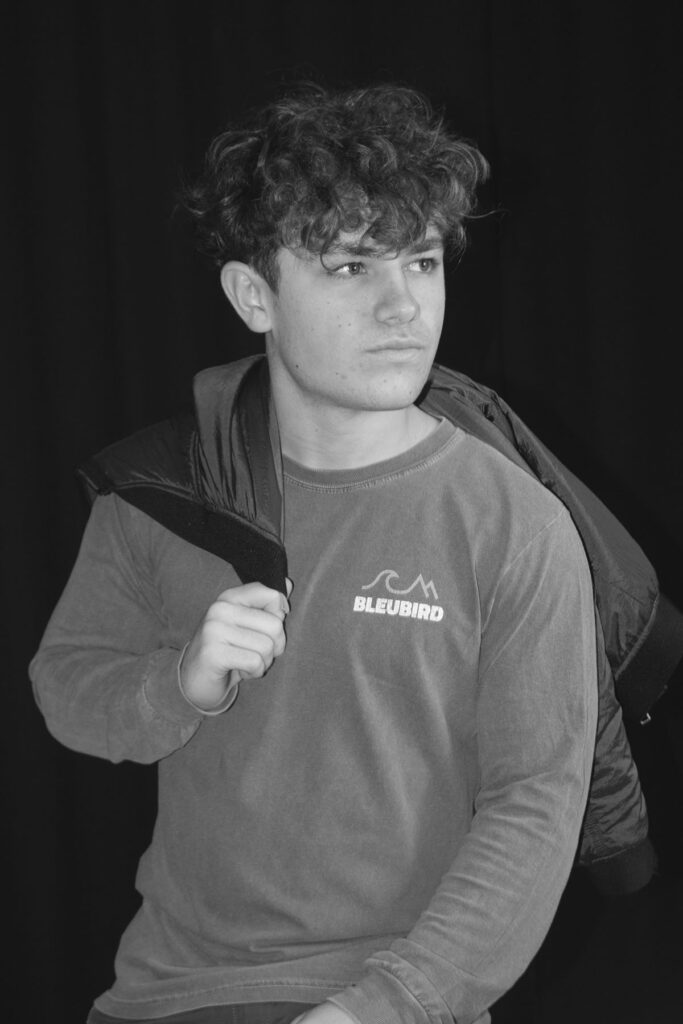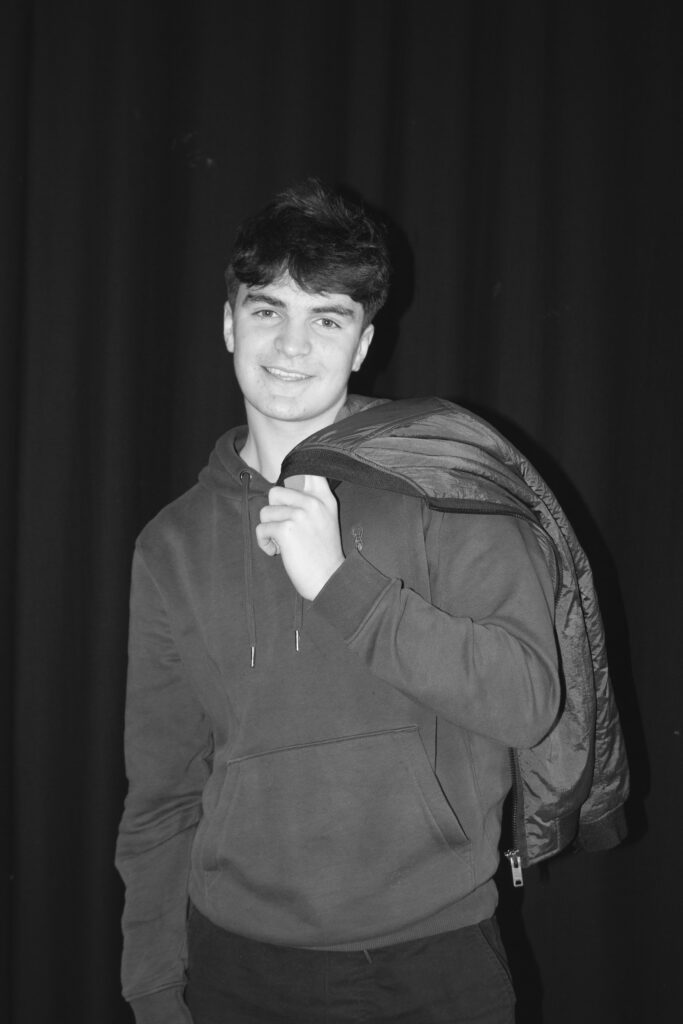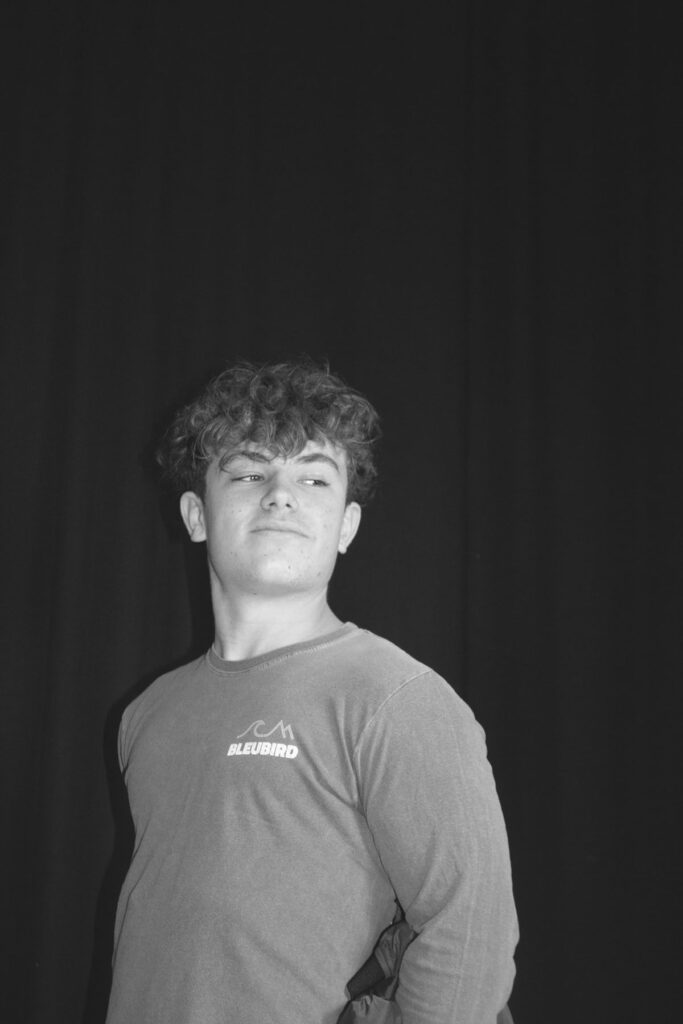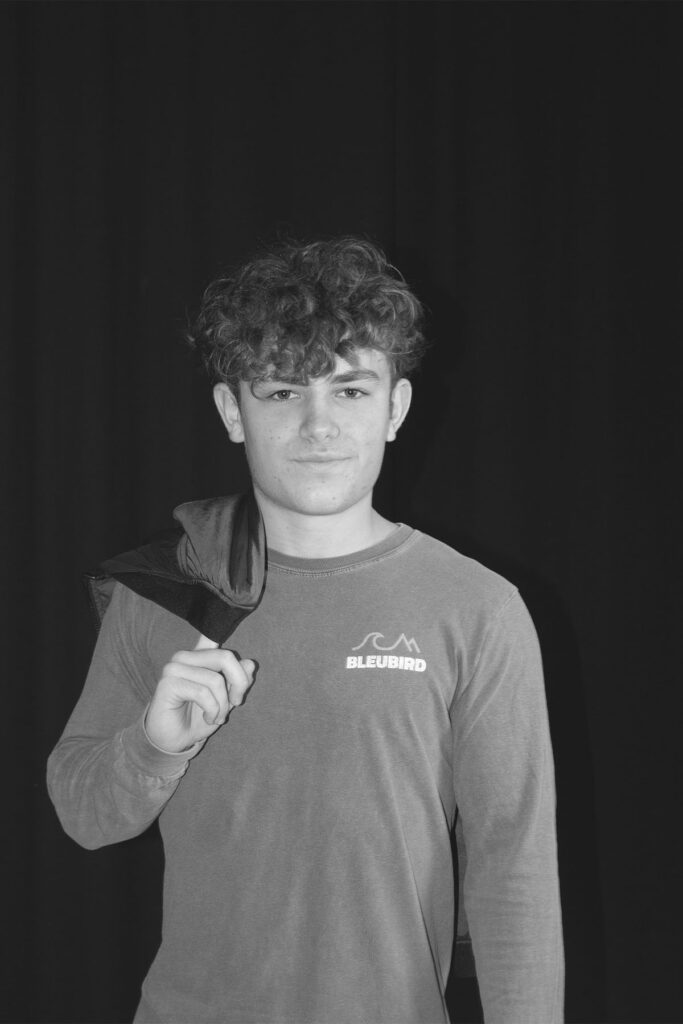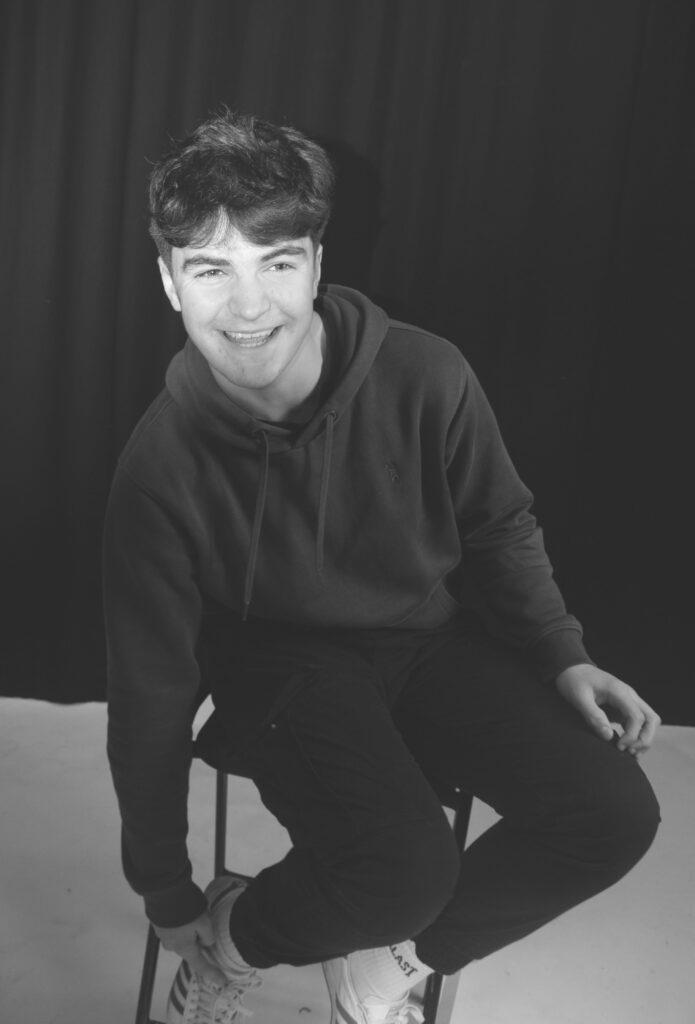Photographs of a Man-Altered Landscape” by William Jenkins.
New Topographic was a term coined by William Jenkins in 1975 to describe a group of American photographers, it is also known as landscapes changing over time and how it used to be viewed by as nature and now its viewed as urban, where the photos are based around buildings. Most of the time the aesthetic of landscape photography that shows nature is mostly based around Ansel Adams work. Throughout the years landscape photography has grown to a much wider detailed subject. Many photographers study new topographic such as Robert Adams, Lewis Baltz, Bernd And Hilla Becher, frank Gohlke, Nicholas Nixon and Stephen Shore. These photographers all studied an approach on landscapes in America often capturing the tension between natural scenery and the mundane structures of post-war America: parking lots, suburban homes, crumbling coal mines. There photographs are often devoid of human presence. William Jenkins made the new topographic: Photographs of a Man-Altered Landscape”, this was known as an exhibition of contemporary landscape photography. Jenkins Invited these photographers to become familiar with the concept of landscapes changing over time and They first exhibited them in series, as “typologies”, often shown in grids, under the title of “Anonymous Sculptures.” They were soon adopted by the conceptual art movement. Topographic was a reaction to stark, beautifully printed images, topographic was presented as a reflection of the increasingly suburbanised world around them, and a reaction to the tyranny of idealised landscape photography that elevated the natural and the elemental.
Topography is the study of the features and forms of land surfaces, the origin of the word topography comes from the words “graphia” and “topo”. “Graphia” means writing and “topo” means place. However there is a similar word, Topographical which means that Topographical maps are special types of maps that show the different land features. New topography represents the physical appearance of the natural features of an area of land, especially the shape of its surface. For example the photos shown under this, they are similar buildings all in the same perspective, the artist didn’t get any different angles which makes the photos look very similar even if they are different building, it shows the concept that photos look similar if you position then in the same place, each of these photos have a bright white background and have a similar structure therefore it gives the impression that its the same building. That is a representation of what typography is, how things are structured in your photo.


William Jenkins
Williams Jenkins work created the new rules for landscape photography. He created an exhibition “New Topographics: Photographs of a Man-Altered Landscape” was a ground-breaking exhibition of contemporary landscape photography held at the George Eastman House’s International Museum of Photography (Rochester, New York) from October 1975 to February 1976.’The New Topographics photos are about “A man-made wilderness”, the American myths of the West, suburban expansion, and the exploitation and destruction of natural resources. Landscapes have traditionally been produced in order to evoke contemplation on beauty, they were intended to be morally instructive or edifying.’



The Turin Papyrus Map
The Turin Papyrus Map is an ancient Egyptian map, generally considered the oldest surviving map of topographical interest from the ancient world. ‘Besides being a topographic map of surprisingly modern aspect, the Turin Papyrus is also a geological map (the earliest known) because it accurately shows the local distribution of different rock types (with black and pink hills), the lithologically diverse wadi gravels (with brown, green and white dots)’


